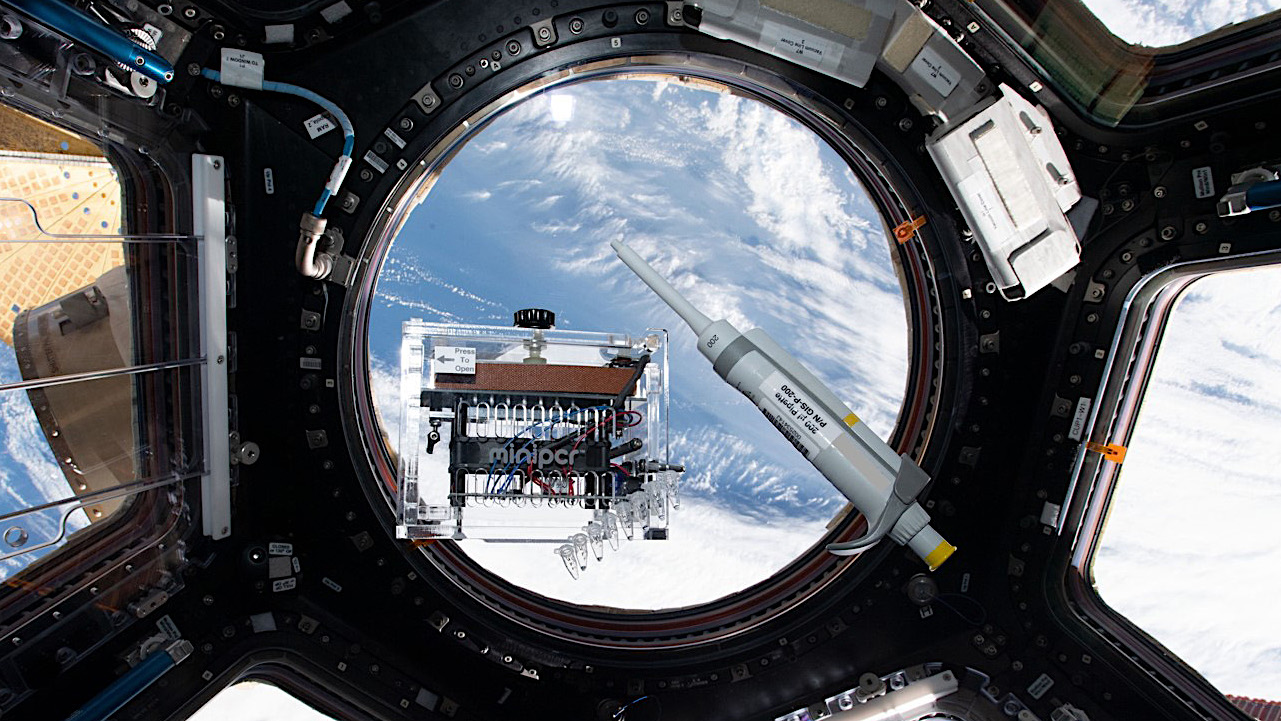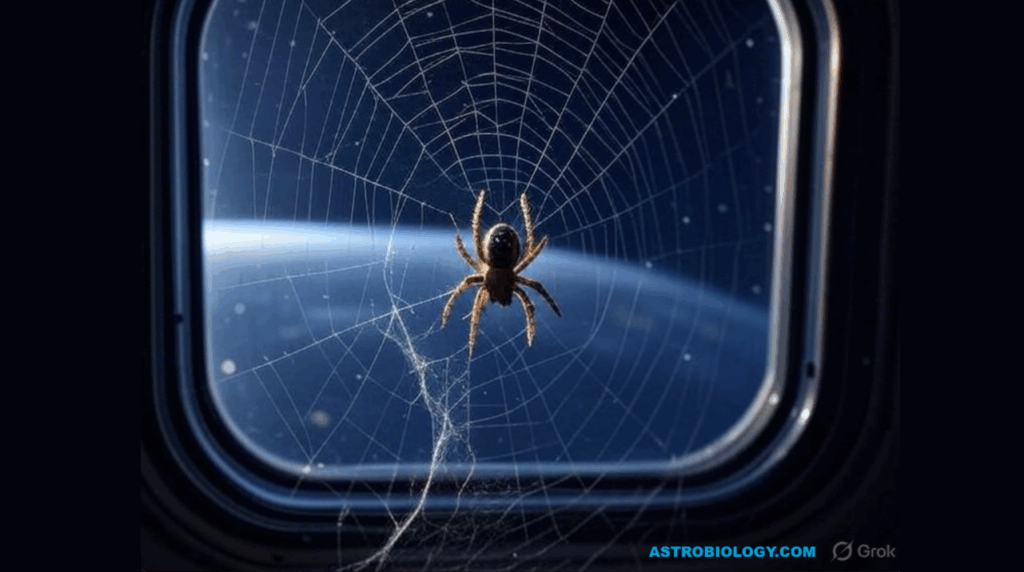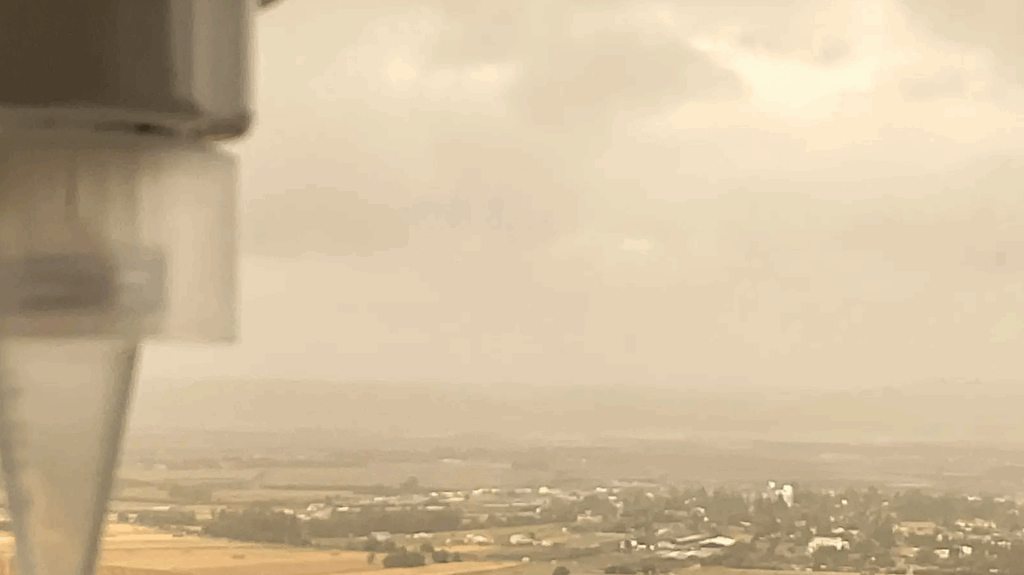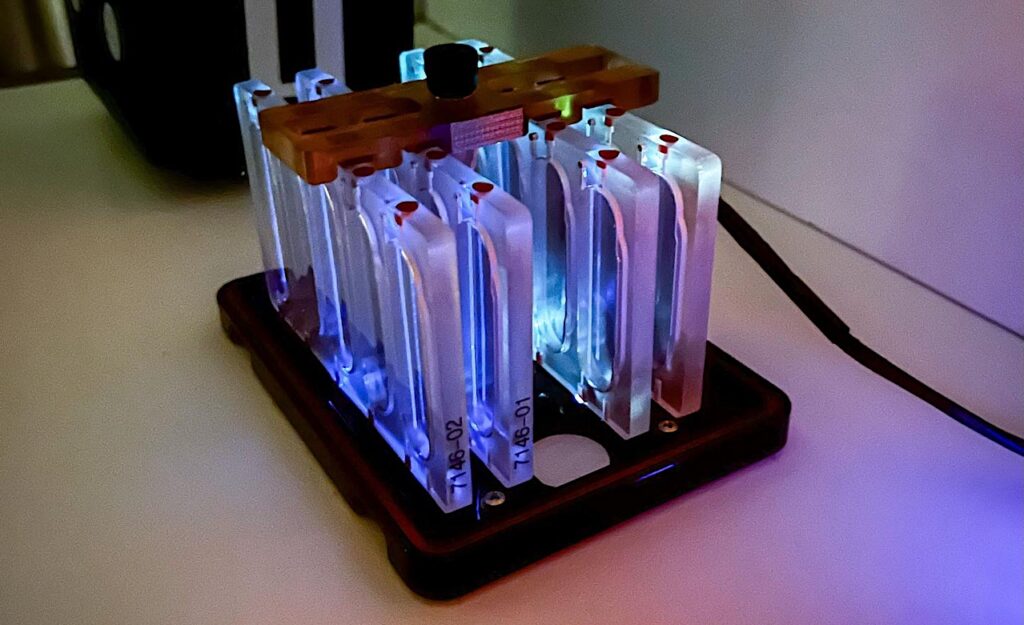NASA Spaceline Current Awareness List #1,097 30 April 2024 (Space Life Science Research Results)

ISS National Lab-Sponsored Investigation Aims to Expand Genes in Space™ Toolkit on Station
A view of the miniPCR machine in the cupola on the International Space Station — NASA (larger image) — NASA
The abstract in PubMed or at the publisher’s site is linked when available and will open in a new window.
Papers deriving from NASA support:
- Bahadori AA.Space radiation protection in the modern era: New approaches to familiar challenges.Radiat Phys Chem. 2024 Apr 16;111764.Journal Impact Factor: 2.9
Funding: “This work was supported by NASA Human Health and Performance Contract NNJ15HK11B, and NASA, United States Awards 80NSSC19M0161 and 80NSSC23M0129.” - Whitcomb LA, Cao X, Thomas D, Wiese C, Pessin AS, Zhang R, Wu JC, Weil MM, Chicco AJ.Mitochondrial reactive oxygen species impact human fibroblast responses to protracted γ-ray exposures.Int J Radiat Biol. 2024 Apr 17;1-13. Online ahead of print.PIs: X. Cao, J.C. Wu, M.M. WeilJournal Impact Factor: 2.6
Funding: “This work is supported by the Translational Research Institute for Space Health through NASA Cooperative Agreement NNX16AO69A (AJC, JCW, MMW), NASA grant 80ARC022CA003 (JCW), and National Institutes of Health R01 HL171102 (JCW).” - Castro CL, Schwengers O, Stahl-Rommel S, Nguyen HN, Dunbar B, Wallace WT, Castro-Wallace SL.Bacterial genome sequences of uncharacterized Chitinophaga species isolated from the International Space Station.Microbiol Resour Announc. 2024 Apr 23:e0007524.Journal Impact Factor: Not available for this journal
Funding: “We acknowledge provision of computing resources by the Bioinformatics Core Facility (BCF) at Justus Liebig University Giessen. This research was carried out at the National Aeronautics and Space Administration Lyndon B. Johnson Space Center. We thank the ISS crew members for sample collection and the Microbiology Laboratory for isolating and archiving the bacteria. The JSC contract team acknowledges funding through NASA contract NNJ15HK11B.” - Chawla S, O’Neill J, Knight MI, He Y, Wang L, Maronde E, Rodríguez SG, van Ooijen G, Garbarino-Pico E, Wolf E, Dkhissi-Benyahya O, Nikhat A, Chakrabarti S, Youngstedt SD, Zi-Ching Mak N, Provencio I, Oster H, Goel N, Caba M, Oosthuizen M, Duffield GE, Chabot C, Davis SJ.Timely questions emerging in chronobiology: The circadian clock keeps on ticking.J Circadian Rhythms. 2024 Apr;22:2. Review.PI: N. GoelNote: This article may be obtained online without charge.
Journal Impact Factor: Not available for the journal
Funding: PI reports NASA funding. - Chawla S, Oster H, Duffield GE, Maronde E, Guido ME, Chabot C, Dkhissi-Benyahya O, Provencio I, Goel N, Youngstedt SD, Zi-Ching Mak N, Caba M, Nikhat A, Chakrabarti S, Wang L, Davis SJ.Reflections on several landmark advances in circadian biology.J Circadian Rhythms. 2024;22:1. Review.PI: N. GoelNote: This article may be obtained online without charge.
Journal Impact Factor: Not available for the journal
Funding: PI reports NASA funding. - Cotter JA, Plaza-Florido A, Adams GR, Haddad F, Scott JM, Everett M, Ploutz-Snyder L, Radom-Aizik S.Exercise training attenuates the muscle mitochondria genomic response to bedrest.Med Sci Sports Exerc. 2024 Apr 23. Online ahead of print.PIs: L. Ploutz-Snyder, G.R. AdamsJournal Impact Factor: 4.1
Funding: “This study was supported by a research grant from the National Aeronautics and Space Administration (NASA) Human Research Program and the National Space Biomedical Research Institute (NSBRI MA02801), the Memorial Sloan Kettering Cancer Center Support Grant/Core Grant (P30 CA008748), and Pediatric Exercise and Genomics Research Center (PERC) Systems Biology Fund.” - Nyarko SH, Xiao Q.Neighborhood light at night and noise levels, and long-term sleep trajectories in the Southern Community Cohort Study.Clocks & Sleep. 2024 Apr 5;6(2):234-45.Note: This article is part of section “Impact of Light & other Zeitgebers” (https://www.mdpi.com/journal/clockssleep/sections/CS_Zeitgebers) and may be obtained online without charge.
Journal Impact Factor: 3.1
Funding: “This study was supported by the NASA Health and Air Quality Applied Science Team (80NSSC21K0510).”
Other papers of interest:
- Suh A, Ong J, Waisberg E, Lee AG.Corneal thermal burn injuries during long-duration spaceflight: Mechanisms, evaluation, and management.Eye (Lond). 2024 Apr 20. Online ahead of print.Note: This article is a comment and may be obtained online without charge.
- Forenzo C, Larsen J.Bridging clinical radiotherapy and space radiation therapeutics through reactive oxygen species (ROS)-triggered delivery.Free Radic Biol Med. 2024 Apr 15;219:88-103. Review.Note: From the abstract: “This review explores the convergence of clinical radiotherapy and space radiation therapeutics, focusing on ionizing radiation (IR)-generated reactive oxygen species (ROS).”
- Jia C, Zheng W, Liu F, Ding K, Yuan Y, Wang J, Xu D, Zhang T, Zheng H.Biological culture module for plant research from seed-to-seed on the Chinese Space Station.Life Sci Space Res. 2024 Apr 24. Online ahead of print.
- Shen Y, Peng L, Chen H, Xu P, Lv K, Xu Z, Shen H, Ji G, Xiong J, Hu D, Li Y, Lou M, Zeng LL, Qu L.Effects of long-term closed and socially isolating spaceflight analog environment on default mode network connectivity as indicated by fMRI.iScience. 2024 May 17;27(5):109617.Note: From the abstract: “Long-term crewed spaceflight and extraterrestrial planet settlement become the focus of space powers. However, the potential influence of closed and socially isolating spaceflight on the brain function remains unclear. A 180-day controlled ecological life support system integrated experiment was conducted, establishing a spaceflight analog environment to explore the effect of long-term socially isolating living.” This article may be obtained online without charge.
- Verbeelen T, Fernandez CA, Nguyen TH, Gupta S, Leroy B, Wattiez R, Vlaeminck SE, Leys N, Ganigué R, Mastroleo F.Radiotolerance of N-cycle bacteria and their transcriptomic response to low-dose space-analogue ionizing irradiation.iScience. 2024 May 17;27(5):109596.Note: This article may be obtained online without charge.
- Cucinotta FA, Smirnova OA.Effects of partial-body, continuous/pulse irradiation at dose rates from flash to conventional rates on the level of surviving blood lymphocytes: Modeling approach. I. Continuous irradiation.Radiat Res. 2024 Apr 15. Online ahead of print.
- Cucinotta FA, Smirnova OA.Effects of partial-body, continuous/pulse irradiation at dose rates from flash to conventional rates on the level of surviving blood lymphocytes: Modeling approach II. Two- and multiple-pulse irradiation.Radiat Res. 2024 Apr 16. Online ahead of print.
- Dupont G, Gonze D.Computational insights in cell physiology.Front Syst Biol. 2024 Mar 13;4:1335885. Review.Note: This article is a mini review and may be obtained online without charge.
- Lolicato F, Nickel W, Haucke V, Ebner M.Phosphoinositide switches in cell physiology – From molecular mechanisms to disease.J Biol Chem. 2024 Mar;300(3):105757.Note: From the abstract: “Phosphoinositides are amphipathic lipid molecules derived from phosphatidylinositol that represent low abundance components of biological membranes. Rather than serving as mere structural elements of lipid bilayers, they represent molecular switches for a broad range of biological processes, including cell signaling, membrane dynamics and remodeling, and many other functions. Here, we focus on the molecular mechanisms that turn phosphoinositides into molecular switches and how the dysregulation of these processes can lead to disease.”
- Trentini M, Zanolla I, Tiengo E, Zanotti F, Sommella E, Merciai F, Campiglia P, Licastro D, Degasperi M, Lovatti L, Bonora M, Danese A, Pinton P, Zavan B.Link between organic nanovescicles from vegetable kingdom and human cell physiology: Intracellular calcium signaling.Journal of Nanobiotechnology. 2024 Feb 19;22(1):68.Note: This article may be obtained online without charge.
- Gao M, Dong C, Chen Z, Jiang R, Shaw P, Gao W, Sun Y.Different impact of short-term and long-term hindlimb disuse on bone homeostasis.Gene. 2024 Apr 17;918:148457.Note: Hindlimb unloading study.
- Popov A, Lyakhovetskii V, Gorskii O, Kalinina D, Pavlova N, Musienko P.Effect of hindlimb unloading on hamstring muscle activity in rats.Brain Behav Evol. 2024 Feb 27;1-10.Note: Hindlimb unloading study.
- Heras-Sádaba A, Pérez-Ruiz A, Martins P, Ederra C, de Solórzano CO, Abizanda G, Pons-Villanueva J, Calvo B, Grasa J.Exploring the muscle architecture effect on the mechanical behaviour of mouse rotator cuff muscles.Comput Biol Med. 2024 May;174:108401.
- Carrothers E, Appleby M, Lai V, Kozbenko T, Alomar D, Smith BJ, Hamada N, Hinton P, Ainsbury EA, Hocking R, Yauk C, Wilkins RC, Chauhan V.AOP report: Development of an adverse outcome pathway for deposition of energy leading to cataracts.Environ Mol Mutagen. 2024 Apr 21. Online ahead of print.Note: From the abstract: “Cataracts are one of the leading causes of blindness, with an estimated 95 million people affected worldwide. A hallmark of cataract development is lens opacification, typically associated not only with aging but also radiation exposure as encountered by interventional radiologists and astronauts during the long-term space mission. To better understand radiation-induced cataracts, the adverse outcome pathway (AOP) framework was used to structure and evaluate knowledge across biological levels of organization (e.g., macromolecular, cell, tissue, organ, organism and population).”
Astrobiology, space medicine, space biology,








